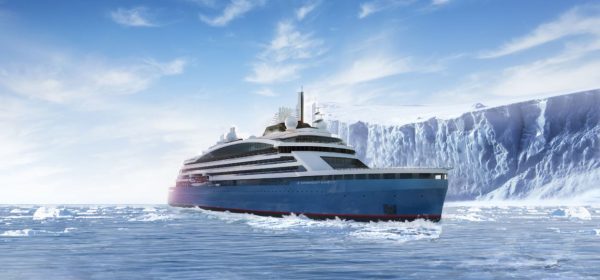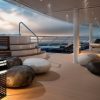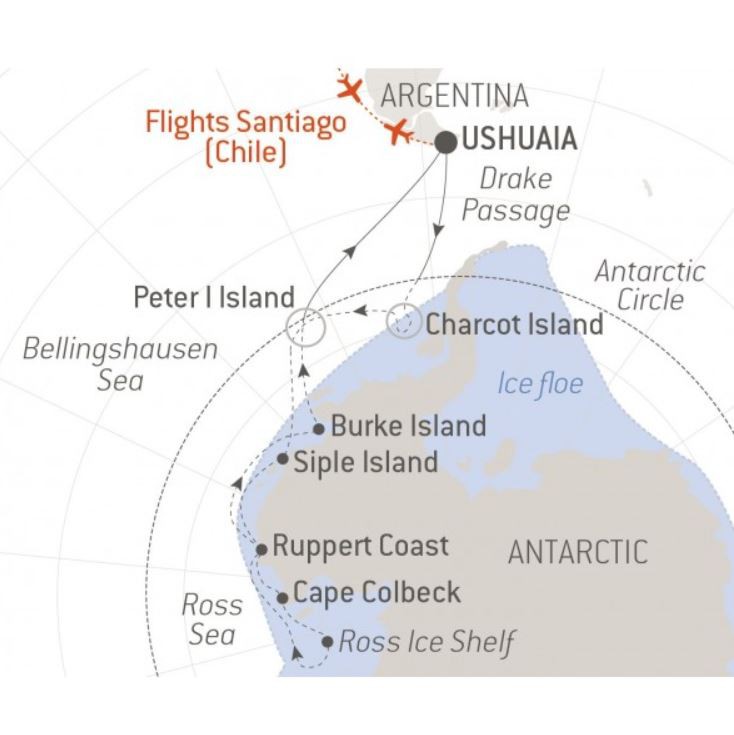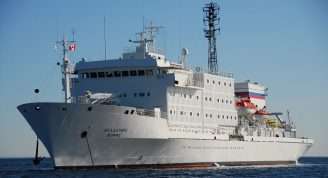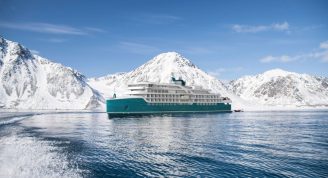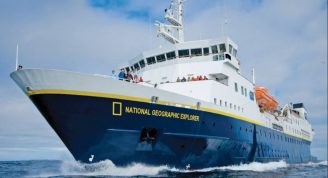Description
Sailing the Ross Sea means discovering one of the most extreme and conserved universes in the Antarctic.
Partially occupied by the Ross Ice Shelf, the largest ice platform in Antarctica, this immense bay located several hundred kilometres from the South Pole, is considered as “the last ocean”, the last intact marine ecosystem and the largest marine sanctuary since 2016.
Here, the cold is more intense, the wind more powerful, the ice more impressive, and the scenery more spectacular…
In the heart of this polar Garden of Eden, where the ice shelf turns into icebergs, you will encounter prodigious fauna, as well as surrealist landscapes, with infinite shades of blue and stunning reliefs. Antarctic petrels, Minke whales, orcas and seals are at home here, as are very large colonies of Adelie and emperor penguins.
Please note: your voyage rates include Overnight in Santiago + flight Santiago/Ushuaia + transfers + flight Ushuaia/Santiago.


